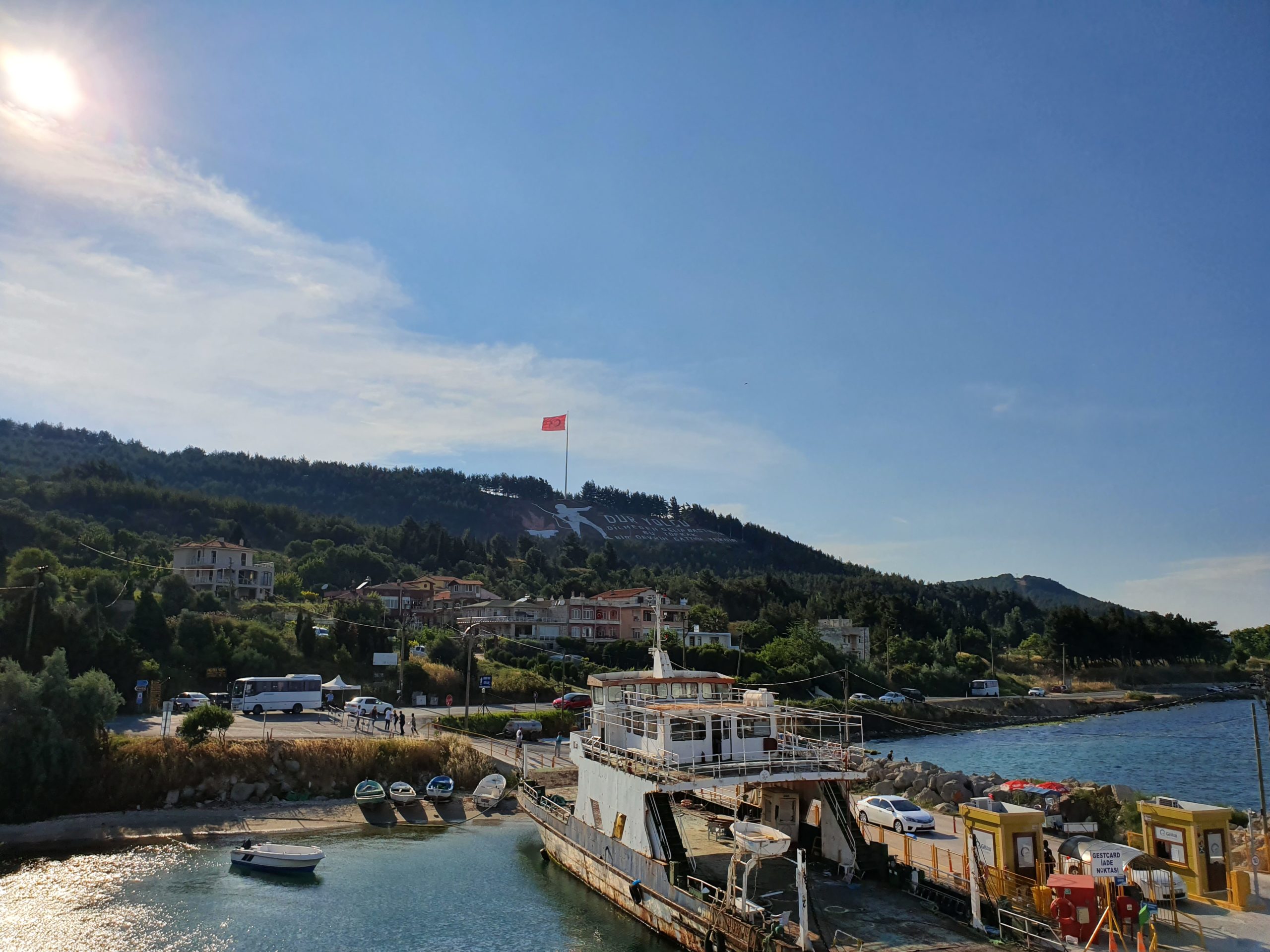As of 2020, construction is progressing on a bridge across the Dardanelles, named the Çanakkale 1915 bridge once complete it will be the longest suspension bridge in the world spanning a body of water steeped in the history of the world. But for now, the best way across is a rusty ferry. You queue for what feels like hours, but is probably much less, until the ferry returns then drive your car in until you are within an inch of the car in front. Once underway the journey is brief but there is time to squeeze out the door of your can and wander up to the top deck for a look around.
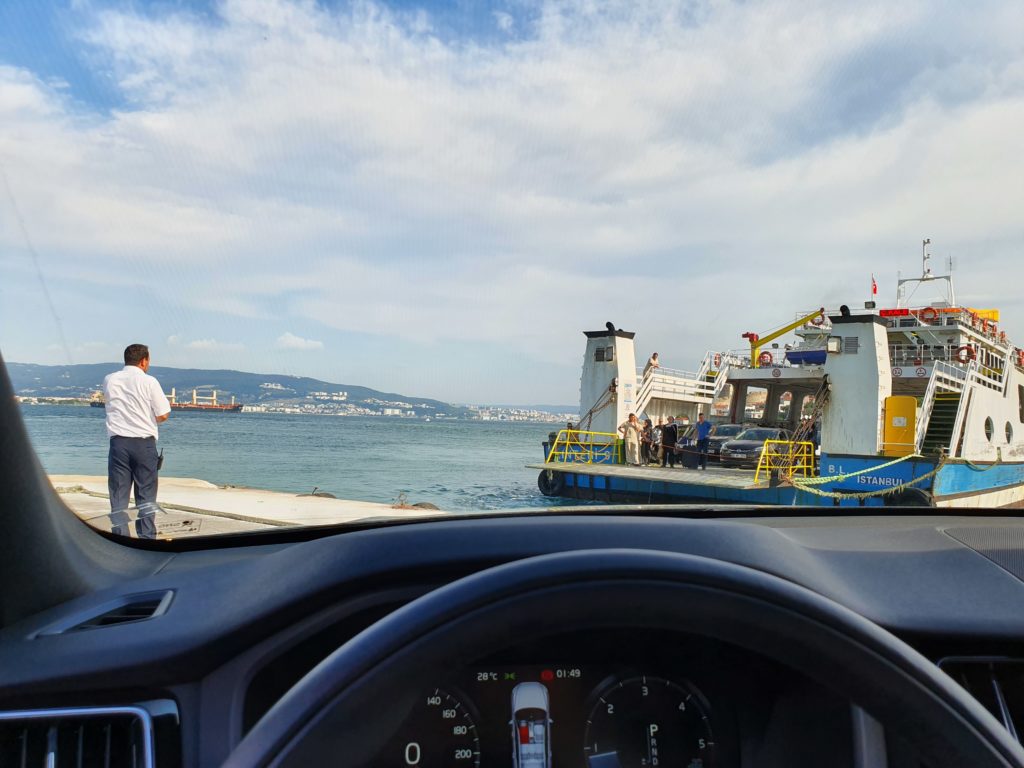
To the west you can see the Dur Yolcu memorial etched into the hillside, loosely translated as ” Traveller halt! The soil you tread. Once witnessed the end of an era.” To the east lies the city of Çanakkale and beyond that the remains of Troy. To the far south along the same peninsula, you can see the four-pillared Çanakkale. Martyr’s Memorial. The Australian monuments lie out of view on the far side of the peninsula.
Like many travelers crossing the Dardanelles today, I am making my way from Gallipoli to Troy. These two sites lie on opposite sides of the strait and are separated by about three thousand years of history, one shrouded in ancient myth and the other looming all too real in the history of the 20th century. But there are a number of striking parallels between the history of the two sites.
The Strategy
The Dardanelles, know in ancient times as the Hellespont, is a body of water 1.2km wide at its narrowest point that separates the continents of Europe and Asia. On the European side lies the Gallipoli peninsula, and on the Eastern side the Biga Peninsula, or Troad. The Dardenelles lead into the Sea of Marmara, on the north side of which a further narrow channel, the Bosphorus, leads into the Black Sea. This whole area now sits within modern day Turkey and both channels retain their vital strategy importance in world shipping. Controlling the entrance to the Dardanelles means controlling all seaborne commerce between the Mediterranean and the Black Sea, and this was essentially the goal of both the Gallipoli campaign and the Trojan War.
In 1915, with the war in Europe grinding to halt in the trenches , the allied powers were looking to break the stalemate and take Istanbul, then capital of the Ottoman Empire, which straddles the Bosphorus. To do this, they needed to control the Dardanelles, so the Royal Navy could sail up and do her part, hence the ill-fated Galipolli campaign was born.
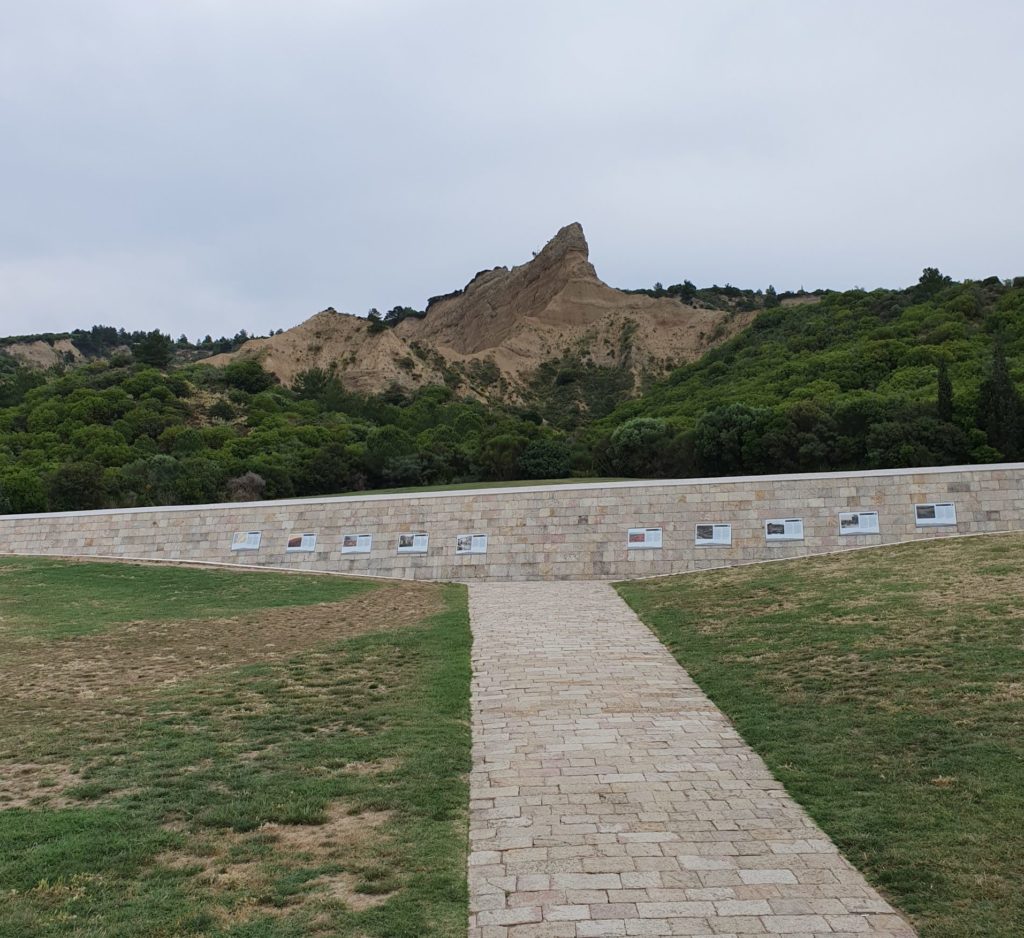
The precise goals of the Trojan War may be obscured in the mists of myth, it is unlikely the war was just about recovering the stolen Helen, wife of Menelaus the King of Sparta. This element could be entirely fictional, or the cover story based in the truth. But Troy was strategically located on the Eastern side of the Dardanelles, and had reportedly grown very wealthy from her ability to control the traffic through the strait. In the centuries following the war, the Greeks proceeded to colonise the whole area, including a number of colonies around the Black Sea. It seems clear that the main strategic aim of the Trojan War was to gain access to the Dardanelles, breaking Troy’s stranglehold on the strait, and to open up all the East to Greek commerce and colonisation.
East v West
We don’t know who the Trojans were, or what language they spoke. Recent theories have suggested they possible Luwian or Hittite origins. The newly opened (as of 2018) museum of Troy speculates that the ancient Trojans were the ancestors of the modern Turks. It seems most likely they were not Greeks, though the Iliad presents them as having broadly the same culture and Gods as the invading Greeks, and there is no suggestion of any language barrier either as the heroes of both sides speak freely with each other on a number of occasions, but then given the fantastic elements in the story there could be any number of explanations for this.
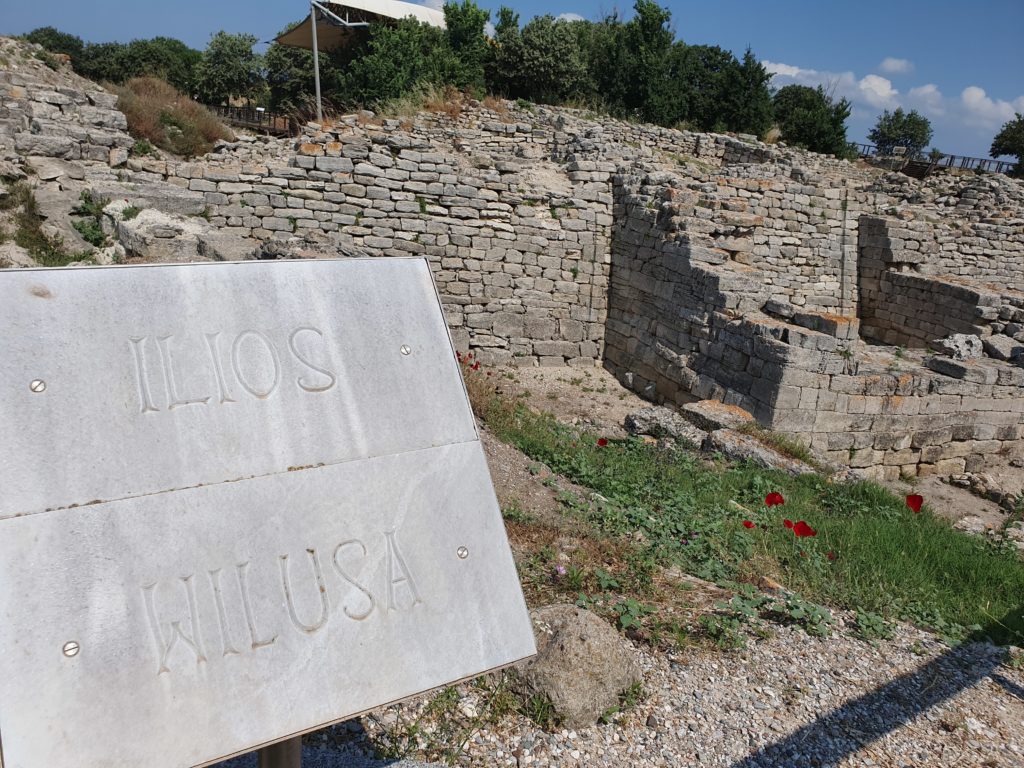
What is striking about the Iliad though, is the balanced and sympathetic way it portrays both sides. Despite its role as a key foundation myth of Greek civilization, it does not seek to glorify all of the Greeks or to dehumanise their enemies. Instead both sides are shown to be equally noble and equally flawed, with some of the Olympian Gods favoring the Greeks or the Greek heroes, and others taking the side of the Trojans. The Greek forces were confident in the rightness of their cause, but the work never shies away from the tragedy or the horror that the war visits on both sides, and the Greeks never lack respect for the ability or the nobility of their opponents.
We of course know far more about exactly who fought in the Gallilpoli campaign, on the allied side it is the Australians and New Zealanders for whom the battle has particular historical resonance, but there were also substantial British and French troops involved. On the other side of course were the Ottoman Turks.
Initially the invading allied forces had little respect for the fighting skills of the Turks and assumed an easy victory, however these assumptions were quickly overturned as the battle ground on. Amidst the horror and death there also emerged a grudging respect between both sides for each others’ prowess and military honour. The ANZACs quickly learned that the Turks, though possibly more poorly resourced and less formally trained, did not lack courage or honour.
The Turks similarly came to respect the “Johnnies”, and nowhere is this more clearly stated than on the monument that sits at Anzac Cove, quoting Ataturk’s words from 1934;
‘Those heroes that shed their blood and lost their lives … You are now lying in the soil of a friendly country. Therefore rest in peace. There is no difference between the Johnnies and the Mehmets to us where they lie side by side here in this country of ours … You, the mothers who sent their sons from faraway countries, wipe away your tears; your sons are now lying in our bosom and are in peace. After having lost their lives on this land they have become our sons as well.’
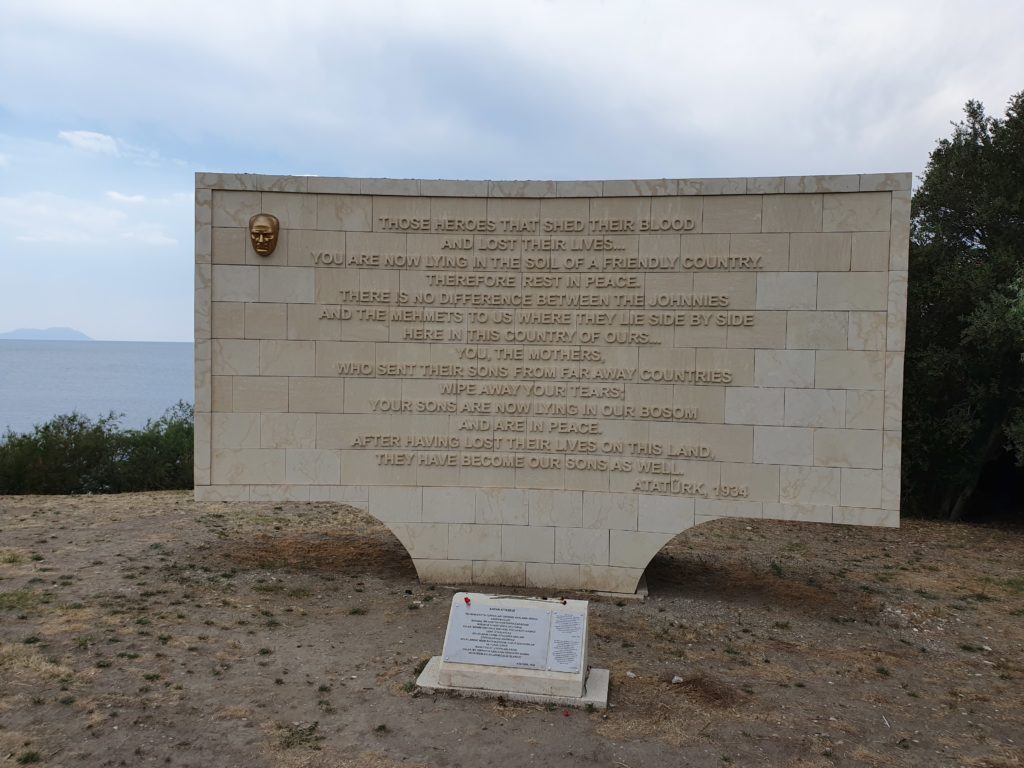
The outcome
The outcome of the Trojan War was an undisputed Greek victory, the sacred city of Troy was burned to the ground, with a few heroes escaping to be the founding fathers of Rome, and even Britain, if certain other legends are to be believed. It seems the Greeks then went home, however many consider it more likely that this victory preceded more substantial Greek colonisation to the East.
In terms of East v West, the outcome of Gallipoli went very much the other way, the defending Ottoman Turks were able to repel the allies, who were eventually forced to retreat. Although they never gained access to the Dardanelles, they lost the battle but won the war. The Ottoman Empire fell but was replaced by the modern Turkish state, led the extraordinary statesman Mustafa Kemal Atatürk, who had made his name successfully leading the 19th Division in its defence of Gallipoli.
The Myth and the Reality
Both Gallipoli and Troy loom large in the collective consciousness of the Australian/New Zealand, and Ancient Greek people. While the details of exactly what happened in the Trojan War are obscured in the myth, more certain is the role in played in classical and Hellenistic times where it had already acquired legendary status as an ancient tourist attraction. People from all over the Greek world travelled to Troy so they could stand on the same ground where Achilles and Hector had dueled. Most famously, Alexander the Great made sure to stop at Troy ahead of his Persian campaign, and ran three laps naked around the mound of Achilles, the site where Achilles was believed to be buried. Prior to that the Persian Emperor Xerxes is believed to have stopped at Troy to pay respects before invading Greece, and to bring the analogy full circle Mehmet II, the Conqueror of Constantinople and founder of the Ottoman Empire also visited the site to pay his respects at the tomb.
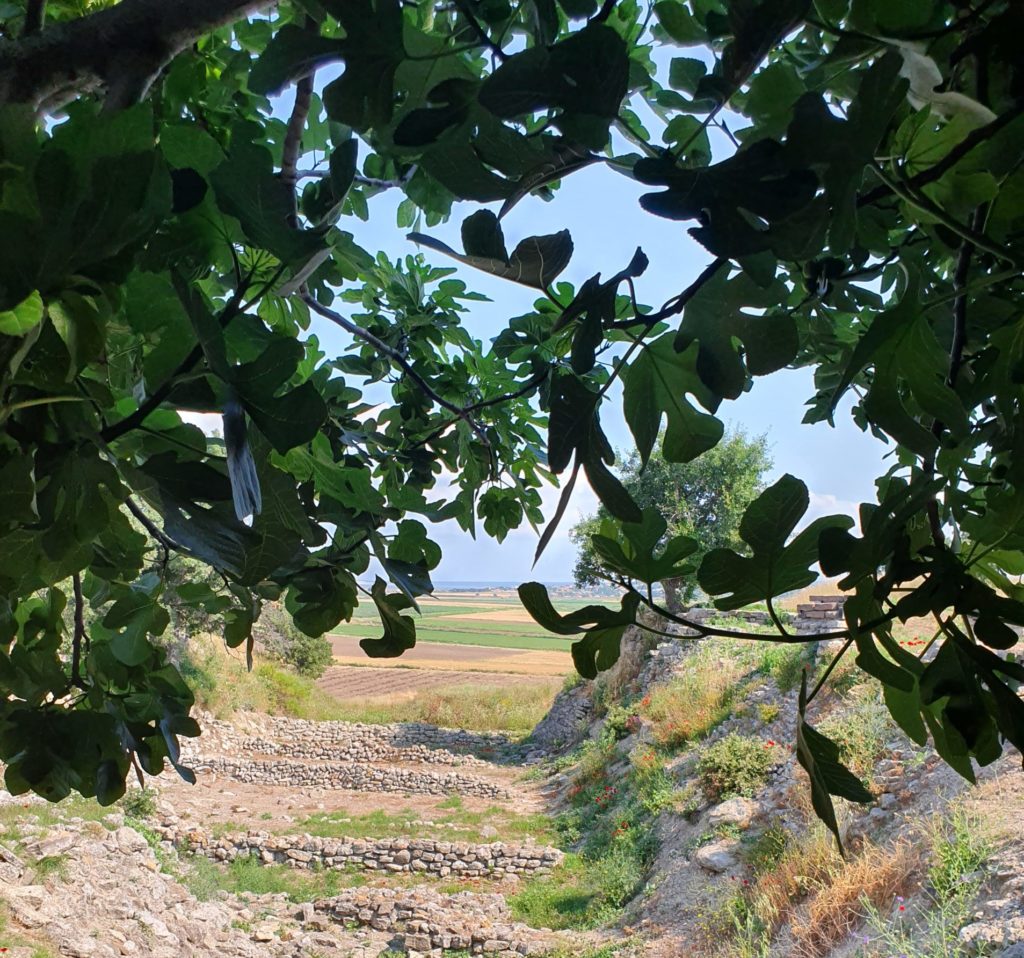
The story of Troy underpinned all of Greece’s beliefs, across the disparate city-states of the ancient world. Even its minor characters were household names and the key players were the most venerated heroes of the Greek pysche, where the divide between religion, myth and history was not as clearly delineated as it is today. So powerful was the myth that later civilisations like the Romans and even Britain created histories that could be drawn back to the Trojan War.
The battle of Gallipoli lies just over a century in our past, and the wealth of historical records and information allow us to piece together with great detail what happened. Even so, it has already taken on a legendary status in the Australian and New Zealand psyche as the baptism of fire that signalled their emergence as independent nations. Every day of the year, but particularly on ANZAC Day, Australians and New Zealanders make a pilgrimage to the Galipolli peninsula to visit the memorials and battlefields that make their way from Anzac Cove up the rugged terrain to where they meet the Turkish memorials. The heroes of Gallipoli on both sides, men like John Simpson Kirkpatrick and his donkey, Albert Jacka VC, and Ataturk have all become remembered as larger than life figures.
Travel tips
I last visited Gallipoli and Troy in June 2019, at the time of writing, April 2020, the world is closed and travel is a little difficult, so there is limited merit in my travel tips in the short term. I intend to write more soon about both places individually. The two sites are about an hour apart, and Galipolli is about a 4-hour drive from Istanbul. They could both be visited in the same day if you leave early, and there are, usually, plenty of bus tours from Istanbul that will do this, but depending how interested you are I’d recommend setting aside a little more time.
